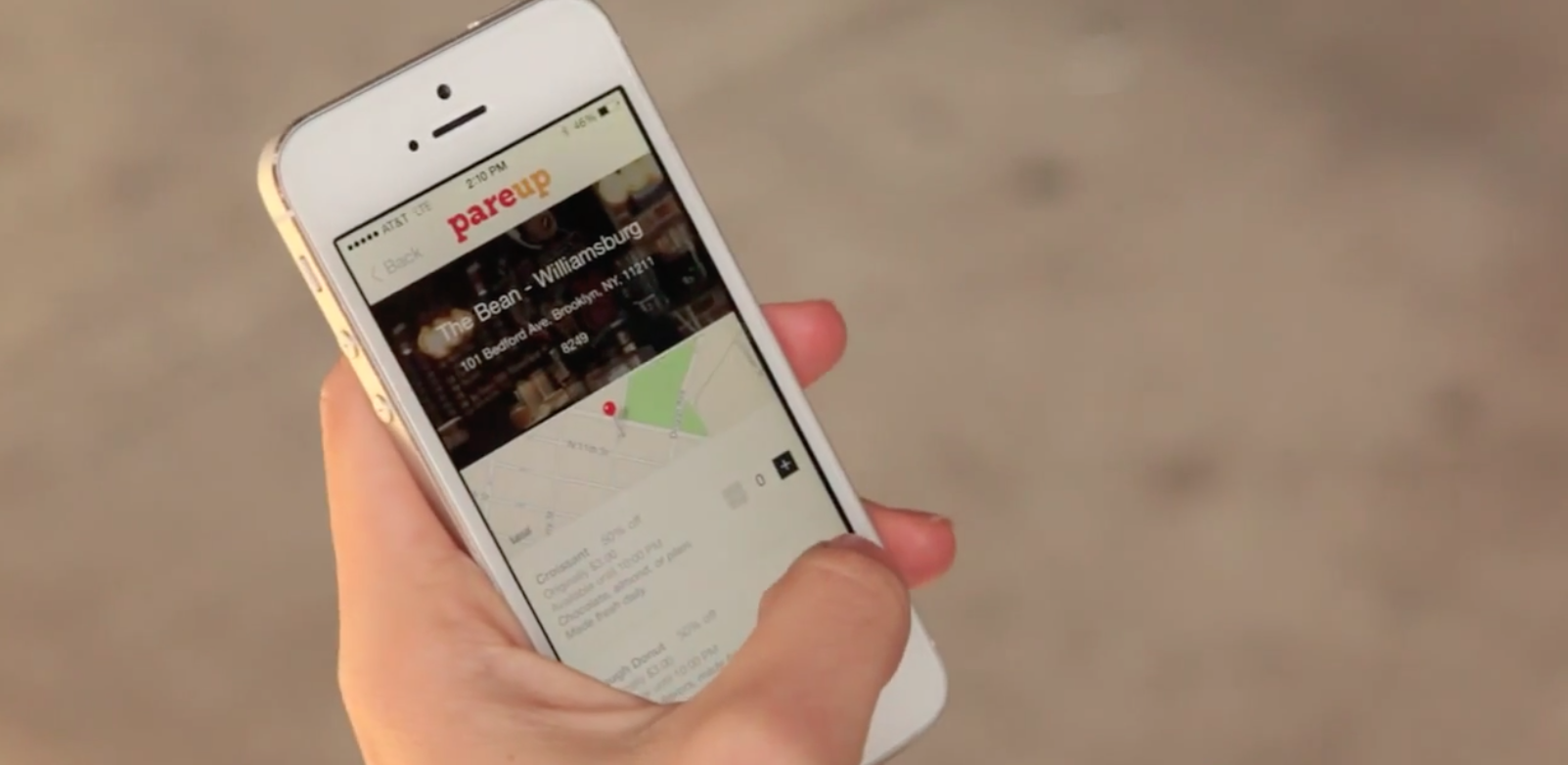As the national dialogue over how to deal with food waste continues, mobile applications such as Too Good To Go, PareUp and Food Cowboy have emerged in an effort to curb the amount of precious food tossed every day and lost to landfills.
The desire and increasing push for reduced food waste has become more prevalent in recent years. In July 2015, John Oliver devoted an entire segment of Last Week Tonight to discuss the urgent issue, a criticism that has now surpassed 6 million views on YouTube. Two months later, a federal initiative by the Environmental Protection Agency and the U.S. Department of Agriculture was announced to cut food waste by 50 percent by 2030. On a much more local scale, this university’s switch to the Anytime Dining system this year was due in part to reduce food waste.
Founded by Chris Wilson and Jamie Crummie in 2015, Too Good To Go connects customers with local restaurants and their excess food by selling it at a discounted price, ranging from $2.65 to $5.03. Customers can pick up their food “up to an hour before closing time,” according to the app’s website toogoodtogo.co.uk. Though users cannot pick a specific dish, the quality of the food received is no less than when offered at the normal price and is packaged inside a 100 percent recyclable sugarcane box. The app’s fatal flaw, however, is its slow expansion — it has yet to reach the U.S.
PareUp, an app limited to New York City, offers a similar deal: Local restaurants and grocers offer unsold items at discounted prices. Retailers post store inventories and prices on the app while users compare rates before setting off to rescue the surplus of food from being wasted.
Food Cowboy, founded in 2012 by Roger Gordon, Richard Gordon and Barbara Cohen, connects for-profit food distributors with local charities to spare tons of edible fresh food from being wasted. Food companies quickly post excess food online as local food banks provide logistical information regarding their acceptance of products. Food banks pay the app a reduced price per pound for donated food, but the app’s major appeal is its processing of the necessary paperwork needed for food companies to receive a tax benefit.
The inability of restaurants to sell food at the end of a night and food companies’ difficulty in matching the supply of fresh food with its demand are the impetuses behind the food waste crisis. These apps that allow food retailers to sell unspoiled, unexpired and otherwise decent food allows our country to redefine what food we consider as leftover.
According to a 2012 report by the Natural Resources Defense Council, if 15 percent of food waste were avoided, more than 25 million additional Americans could be fed each year. At a time where food insecurity is a prevalent issue in our country, and the effects of climate change continue to be catalyzed by landfills and food production, the development of excess food market apps drive society towards a positive cultural shift with unprecedented economic and environmental benefits.



